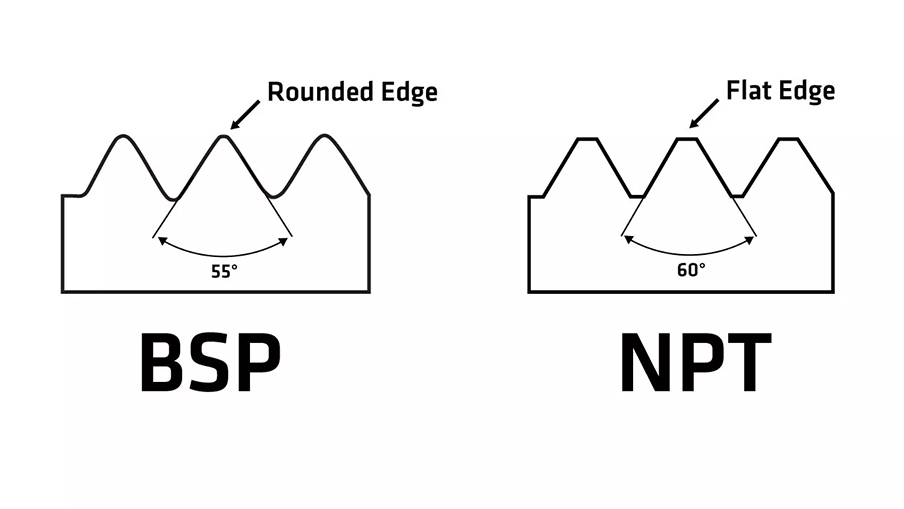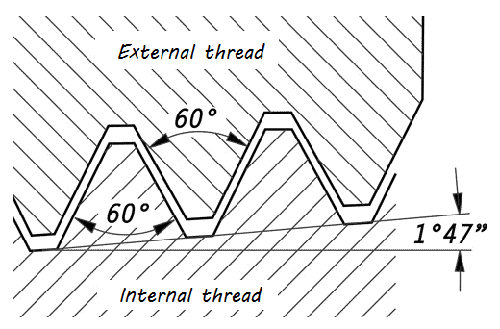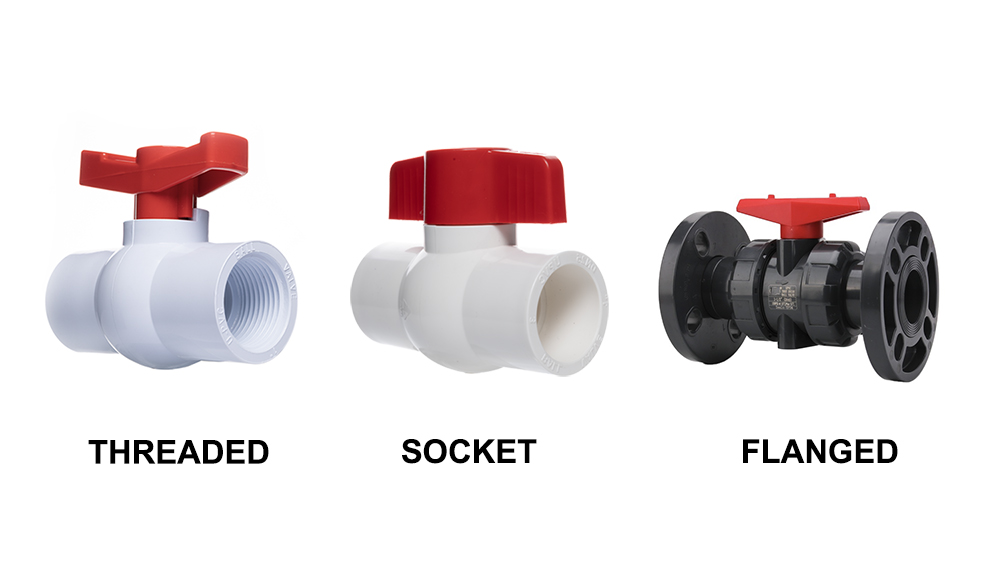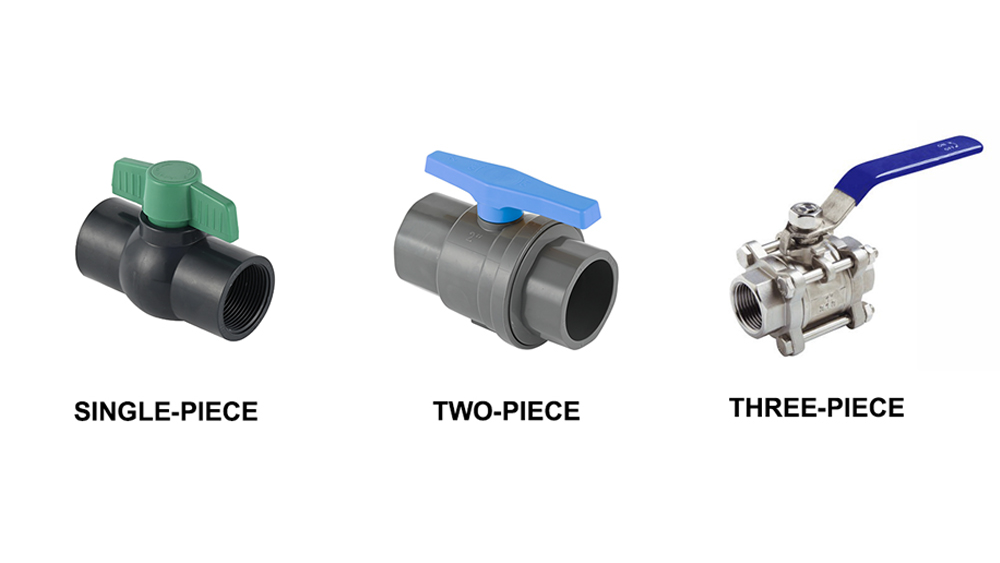You’ve ordered a truckload of valves for a big project. But when they arrive, the threads don’t match your pipes, causing massive delays and costly returns.
The two main types of ball valve threads are NPT (National Pipe Taper) used in North America, and BSP (British Standard Pipe), common everywhere else. Knowing which one your region uses is the first step to a leak-proof connection.

Getting the thread type right is one of the most basic, yet critical, parts of sourcing. I once worked with Budi, a purchasing manager in Indonesia, who accidentally ordered a container of valves with NPT threads instead of the BSP standard used in his country. It was a simple mistake that caused a huge headache. The threads look similar, but they are not compatible and will leak. Beyond threads, there are other connection types like socket and flange that solve different problems. Let’s make sure you can tell them all apart.
What does NPT mean on a ball valve?
You see “NPT” on a spec sheet and assume it’s just a standard thread. Ignoring this detail can lead to connections that seem tight but leak under pressure.
NPT stands for National Pipe Taper. The key word is “taper.” The threads are slightly angled, so they wedge together as you tighten them to create a strong mechanical seal.

The tapered design is the secret behind NPT’s sealing power. As a male NPT threaded pipe screws into a female NPT fitting, the diameter of both parts changes. This interference fit crushes the threads together, forming the primary seal. However, this metal-on-metal or plastic-on-plastic deformation isn’t perfect. There are always tiny spiral gaps left. That is why you must always use a thread sealant, like PTFE tape or pipe dope, with NPT connections. The sealant fills these microscopic gaps to make the connection truly leak-proof. This standard is dominant in the United States and Canada. For international buyers like Budi, it’s crucial to specify “NPT” only when they are certain their project requires it; otherwise, they need the BSP standard common in Asia and Europe.
What are the different types of valve connections?
You need to connect a valve to a pipe. But you see options for “threaded,” “socket,” and “flanged,” and aren’t sure which is right for your job.
The three main types of valve connections are threaded for screwed pipes, socket for glued PVC pipes, and flanged for large, bolted pipe systems. Each is designed for a different pipe material, size, and need for maintenance.

Choosing the right connection type is just as important as choosing the right valve. They are not interchangeable. Each one serves a distinct purpose and is suited for different applications. Think of them as different ways of joining a road. Threaded connections are like a standard intersection, socket connections are like a permanent fusion where two roads become one, and flanged connections are like a modular bridge section that can be easily swapped out. I always advise Budi’s team to guide their customers based on their system’s future. Is it a permanent irrigation line that will never be changed? Use a socket weld. Is it a connection to a pump that might need replacing? Use a threaded or flanged valve for easy removal.
Main Valve Connection Types
| Connection Type | How it Works | Best For |
|---|---|---|
| Threaded (NPT/BSP) | Valve screws onto the pipe. | Smaller pipes (<4″), systems needing disassembly. |
| Socket (Solvent Weld) | Pipe is glued into the valve end. | Permanent, leak-proof PVC-to-PVC joints. |
| Flanged | Valve is bolted between two pipe flanges. | Large pipes (>2″), industrial use, easy maintenance. |
What are the four types of ball valves?
You hear people talk about “one-piece,” “two-piece,” or “three-piece” valves. This sounds confusing and you worry you’re buying the wrong one for your budget and maintenance needs.
Ball valves are often categorized by their body construction: One-Piece (or Compact), Two-Piece, and Three-Piece. These designs determine the valve’s cost and whether it can be repaired.

While people sometimes mention four types, the three main construction styles cover almost every application. A “One-Piece” valve, often called a Compact valve, has a body made from a single piece of molded plastic. The ball is sealed inside, so it cannot be taken apart for repairs. This makes it the cheapest option, but it’s essentially disposable. A “Two-Piece” valve has a body made of two parts that screw together around the ball. This is the most common type. It can be removed from the pipeline and taken apart to replace the internal seals, offering a good balance of cost and serviceability. A “Three-Piece” valve is the most advanced. It has a central body that contains the ball, and two separate end connectors. This design allows you to remove the main body for repair or replacement without cutting the pipe. It is the most expensive but is ideal for factory lines where you cannot afford long shutdowns for maintenance.
What is the difference between NPT and flange connection?
You’re designing a system and need to choose between threaded or flanged valves. Making the wrong call can make installation a nightmare and maintenance much more expensive down the road.
NPT connections are threaded and best for smaller pipes, creating a permanent-style connection that is harder to service. Flange connections use bolts and are ideal for larger pipes, allowing easy valve removal for maintenance.

The choice between NPT and flange really comes down to three things: pipe size, pressure, and maintenance needs. NPT threads are fantastic for smaller diameter pipes, typically 4 inches and under. They are cost-effective and create a very strong, high-pressure seal when installed correctly with sealant. Their big downside is maintenance. To replace a threaded valve, you often have to cut the pipe. Flanges are the solution for larger pipes and for any system where maintenance is a priority. Bolting the valve between two flanges allows it to be removed and replaced quickly without disturbing the piping. This is why Budi’s contractor clients who build large water treatment plants almost exclusively order flanged valves. They cost more upfront, but they save a huge amount of time and labor during future repairs.
NPT vs. Flange Comparison
| Feature | NPT Connection | Flange Connection |
|---|---|---|
| Typical Size | Small (e.g., 1/2″ to 4″) | Large (e.g., 2″ to 24″+) |
| Installation | Screwed on with sealant. | Bolted between two flanges with a gasket. |
| Maintenance | Difficult; often requires cutting pipe. | Easy; unbolt valve and replace. |
| Cost | Lower | Higher |
| Best Use | General plumbing, small irrigation. | Industrial, water mains, large systems. |
Conclusion
Choosing the correct thread or connection—NPT, BSP, socket, or flange—is the most critical step for building a secure, leak-proof system and ensuring easy future maintenance.
Post time: Jul-29-2025




